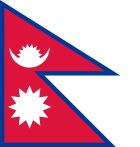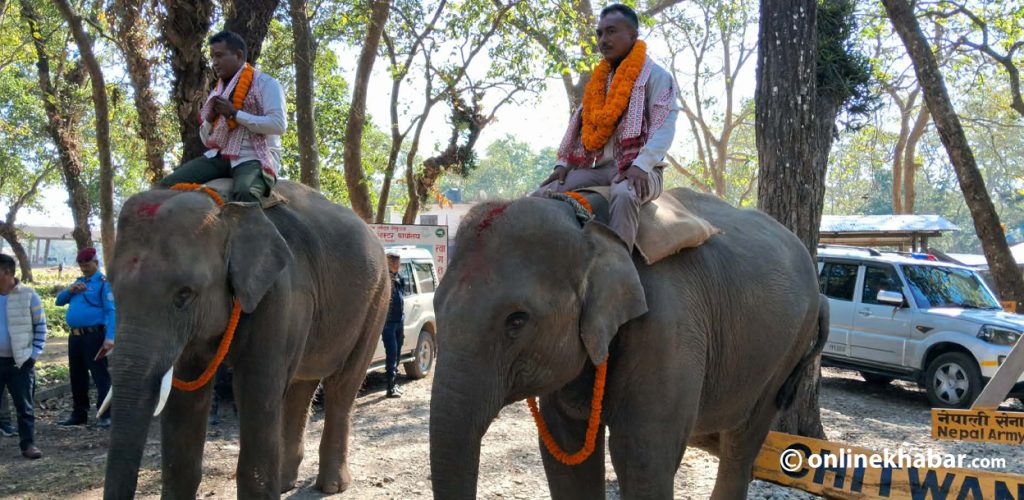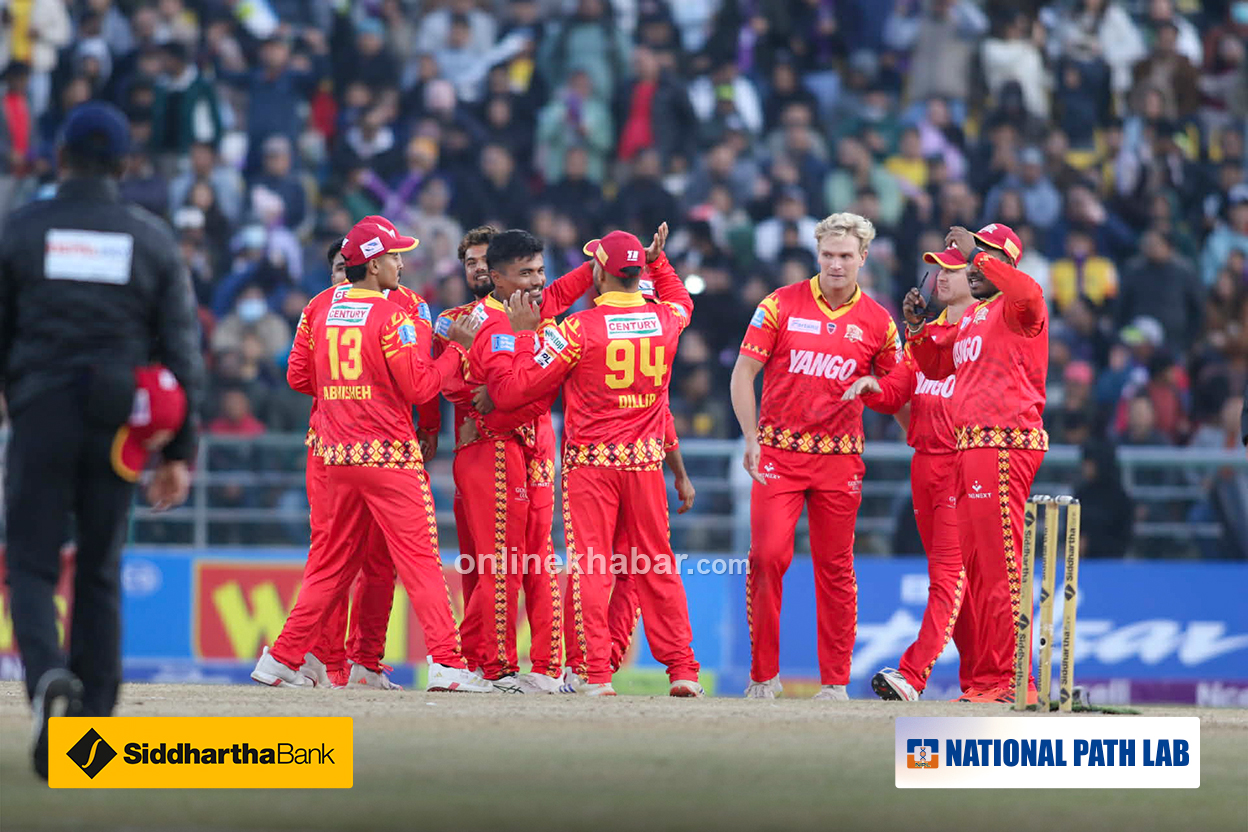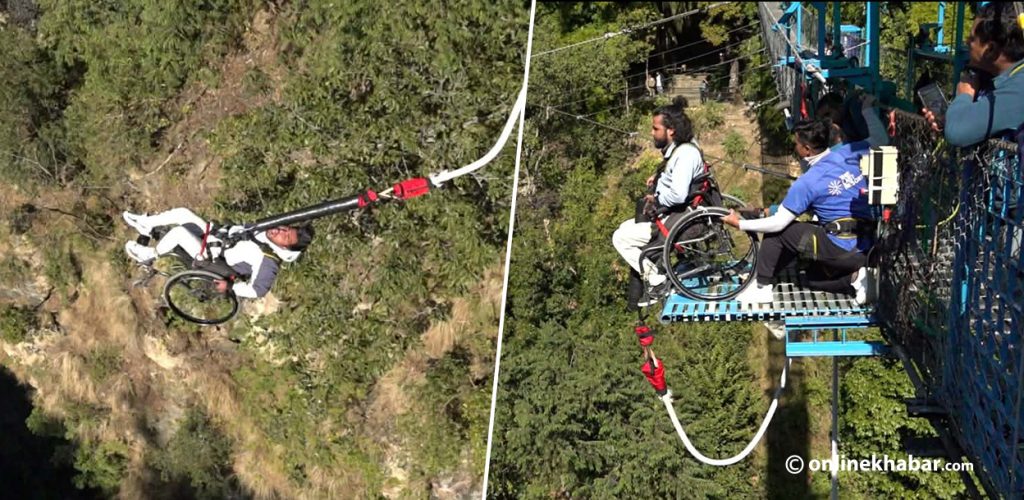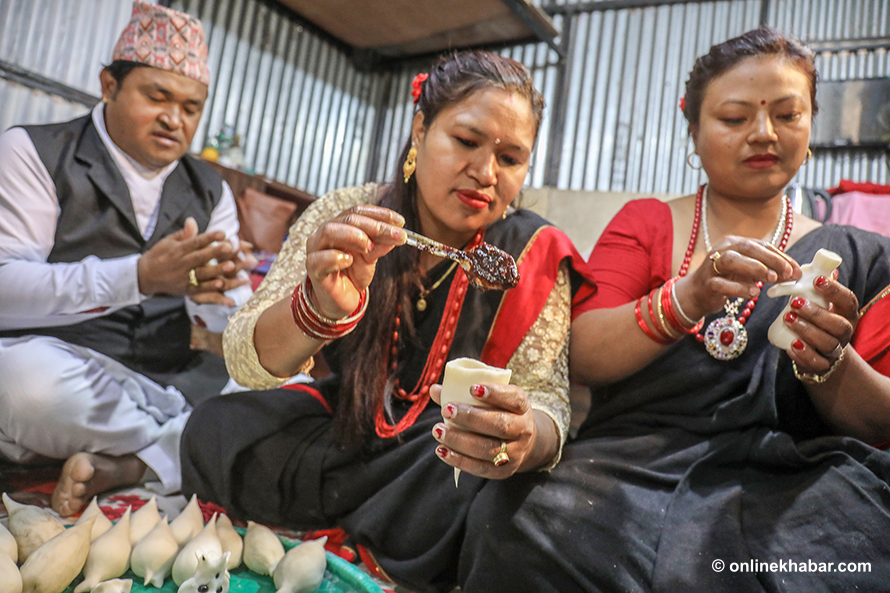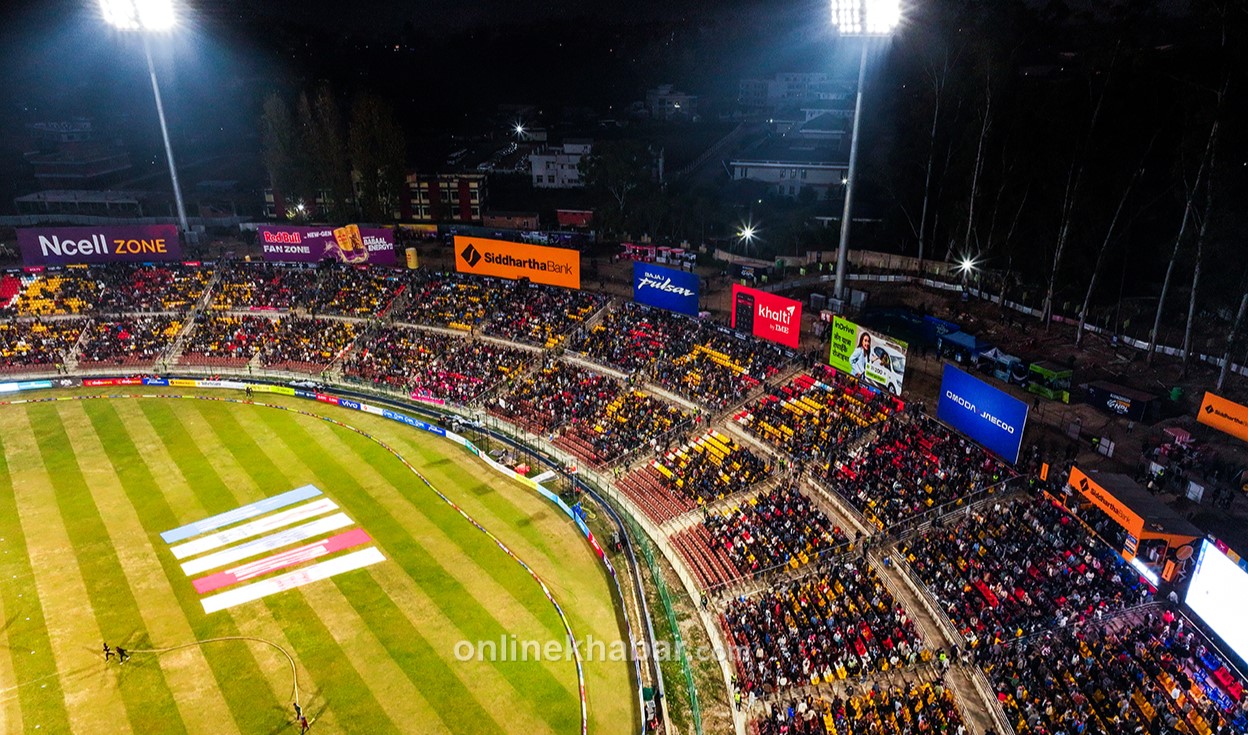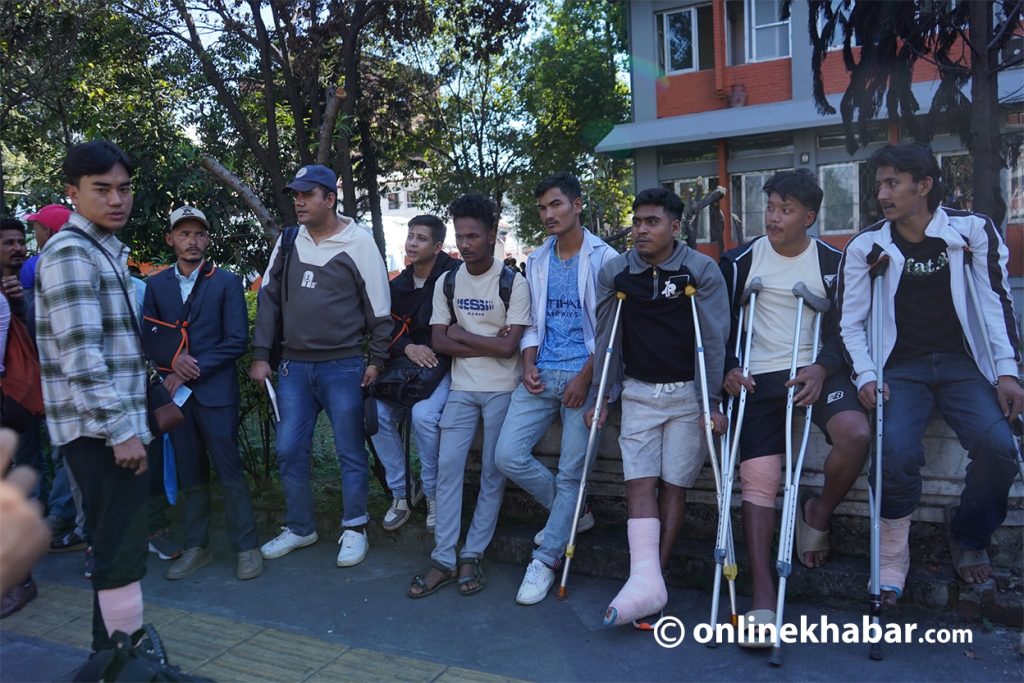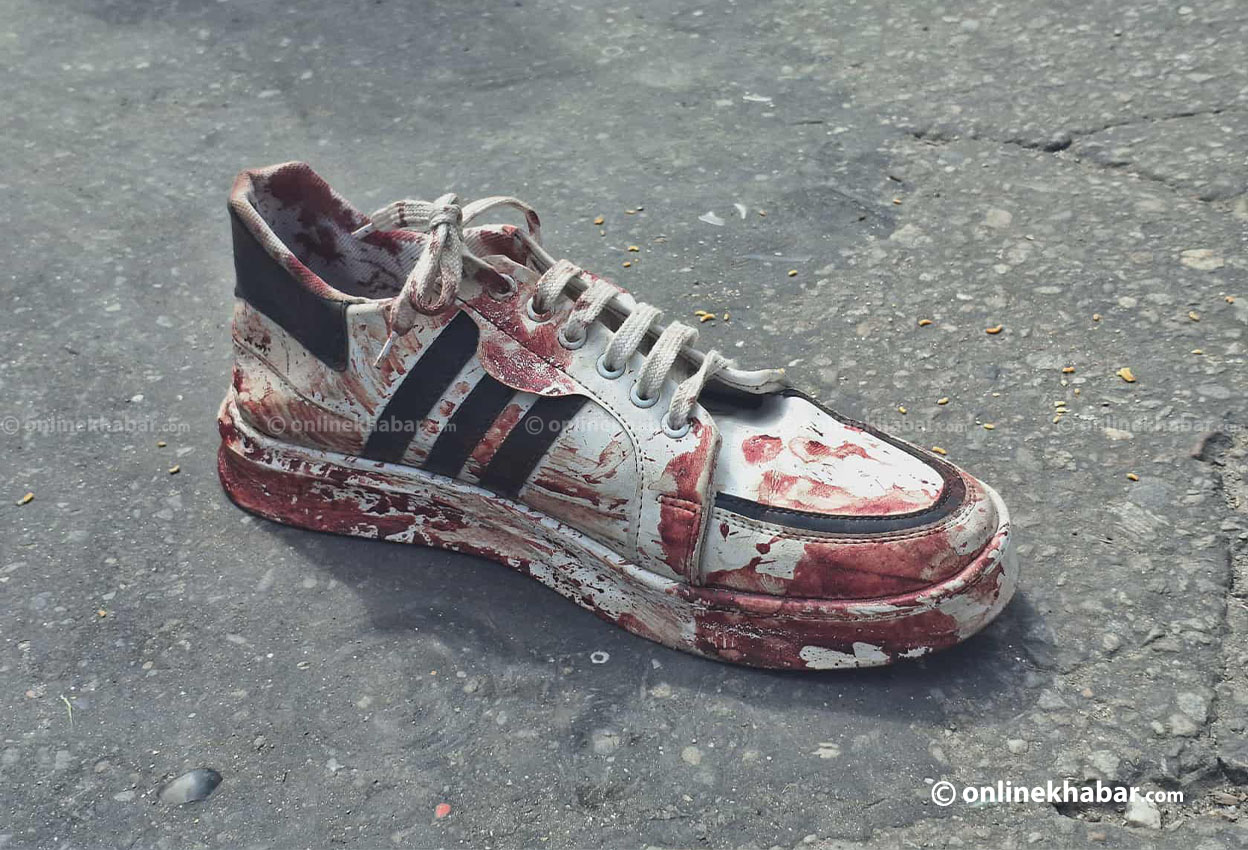
It was September 8 (Bhadra 23, 2082 BS). The Gen Z movement was intensifying. Suddenly, a photo of a blood-soaked shoe began circulating widely on social media.
The picture appeared in newspapers, became profile photos across platforms, and soon spread around the world.
Whose shoe was it, the one that became the iconic image of the Gen Z movement? Many were curious. The owner of the shoe was eventually identified, but one question still remains, who took that powerful photograph that shook everyone to the core?
This heartbreaking photo captured the very essence of the Gen Z movement. Though the intensity of the protests has since subsided, new scenes and facts continue to emerge. Yet, the full truth behind that blood-stained shoe has never been revealed.
Onlinekhabar had also captured two photos of the same shoe during the protests.
The story behind those photographs

On the morning of September 8, I was assigned to cover the Gen Z protest. Our Onlinekhabar team reached Maitighar before the large crowd arrived. I was there by 8:30 am, capturing the growing number of protesters from just a few to thousands and continuously sending photos back to the newsroom.
By noon, the youths had reached the main gate of the Federal Parliament building in New Baneshwor. By around 2 pm, the area had turned into a battleground. The streets were stained with blood. Bullets had hit students in the head, chest, and legs.
Young people were collapsing on the road. Others were trying to enter the parliament building, some even breaking down the outer wall.
Amid the chaos, my eyes caught a blood-soaked shoe lying in the middle of the New Baneshwor intersection. I immediately took two photos with my phone one at 2:04 pm and another at 2:05 pm.
More gunfire and tear gas followed. The scene turned into panic and confusion. Amid it all, one protester raised that blood-stained shoe on a stick and marched, shouting slogans. The sight of that shoe further fueled the anger of the protesters.
The demonstrators were shouting, “Where is our friend, Government? We demand justice for this blood!” Their cries were filled with rage and grief.
Some wept upon seeing the tragic image of the bloodied shoe. Ambulances arrived with sirens blaring, carrying the injured away.
The victims were rushed to hospitals, but no one could confirm whose shoe it was. As bullets rained, the crowd’s anger only grew. Protesters continued to fall on the streets. The focus then shifted to the condition of the wounded rather than the shoe itself.
I, too, turned my attention to the victims. The bloodied shoe was left behind. But questions kept haunting me: Whose shoe was it? What happened to them? Were they being treated somewhere?
By evening, the photo had filled not just news reports but every corner of social media. It deepened the collective despair. At the newsroom, we decided, “We need to check on the injured, let’s go to the hospital.”
Most of the wounded and dead had been taken to the Trauma Center. I wondered could the person who wore that shoe be among them? Despite curfew restrictions, I reached the Trauma Center at around 6:45 pm.
Security forces were stationed at the gate, preventing anyone from entering. Outside, crowds of relatives and protesters had gathered, shouting slogans. Police responded with baton charges. I couldn’t get inside.
At the gate, a list of the dead and injured was posted — six dead, fifty-five injured. I copied the names and returned to the office, unable to identify whose shoe it was.
Still, I didn’t stop searching. On social media, people kept speculating linking the photo to different victims. I kept contacting families of those who had died.
Some said, “The color of the shoe matches my son’s, but not the size.” Doctors were also consulted, but no one could confirm the identity. Many made their own guesses about who the person might be.
The investigation continued. I reached out to those who had been discharged from the hospital, but all said the shoe didn’t belong to their acquaintance.
Then, on September 25 (Asoj 9), Kantipur revealed that the blood-soaked shoe belonged to 28-year-old Prakash Bohara of Narayan Municipality-8, Dailekh.
We couldn’t reach him earlier as he was still in the ICU at the Trauma Center. Coincidentally, his name appeared 14th on the list of the injured posted outside the hospital that day.
It was his blood-stained shoe that I had photographed for Onlinekhabar, the very image that became the defining symbol of the Gen Z movement.
Every time I see that picture wherever it appears I’m instantly taken back to those haunting moments of the movement.

